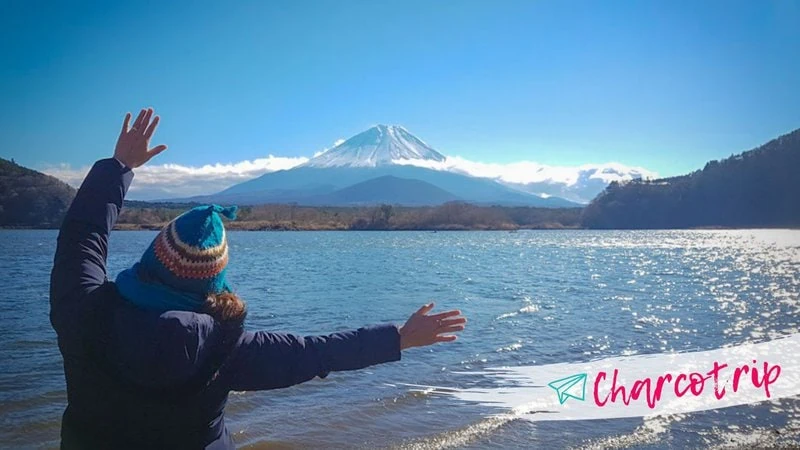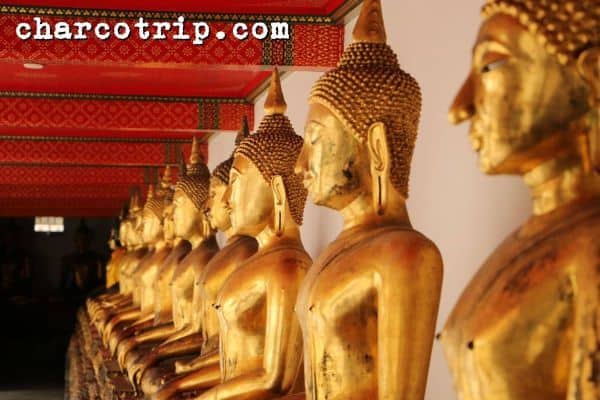We give you the itinerary and the necessary tips to undertake the trip to Vietnam on your own for 14 days.
This time, the motivation to travel to Vietnam was not only to discover the country. We had been invited to a wedding. So, the itinerary that we are going to present here will not be the usual one for a normal trip. Anyway, here we bring you the details of activities, itinerary and the necessary tips to undertake the trip to Vietnam on your own.
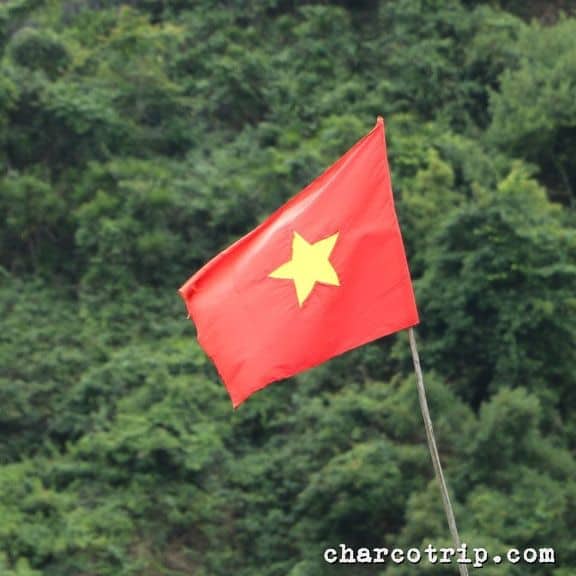
A little bit of history
Vietnam (or rather Việt Nam) is officially called the Socialist Republic of Vietnam. Its population is estimated at 90 million, which makes it the sixteenth most populous country in the world and the eighth in Asia.
The country’s name translates to “Southern Viet”, a synonym for the ancient name of the Nanyue, and was first officially adopted in 1802 by Emperor Gia Long. In 1945, the toponym was officially fixed again with the founding of the Democratic Republic of Vietnam, presided over by Hồ Chí Minh.
Vietnam borders China to the north, Laos to the northwest and Cambodia to the southwest, while to the east it has an extensive coastline washed by the South China Sea. Its capital is Hanoi since the reunification of North Vietnam and South Vietnam in 1976.
The Vietnam War
It is a country that lasted a long time in war, after gaining independence from the Chinese in 938 they had several dynasties that flourished as independent Vietnam. But in the 19th century they were invaded again, this time by the French, and during World War II by the Japanese (France having lost to Germany). All this meant that, after a flourishing independence movement, its leader Ho Chi Minh made a declaration of independence in 1945, which started the Indochina War that ended with the defeat and expulsion of the French troops in 1954.
The war would have ended there had it not been for the division between South and North regarding the regime to follow. These irreconcilable differences gave rise to the Vietnam War in which the Viet Cong army, from the north, and the southern army supported by the United States faced each other. The war ended in 1975.
Religion
In terms of religion, Buddhism is what is seen the most, but there are many other religions practiced in the country such as Islam, Catholicism, Hinduism. Although I have to say that the religion that most caught my attention on the trip was the Cao Dai, a religion born in the south of Vietnam that combines many religions in one, something like a blend of several religions, very curious.
But let’s go back to the trip, here we go with the practical data you need to know before you go to travel to Vietnam.

Visa for Vietnam?
Can Mexicans travel to Vietnam without a visa? Can Europeans travel to Vietnam without a visa?, for the former the answer is no, for the latter yes and no. The visa must be processed at the Vietnamese consulates of the country where you live. For Europeans, you can travel to Vietnam without a visa if you stay in the country for less than 15 days. Otherwise, the visa must be processed in the same way.
Get your flight to Vietnam at the best price
Time difference
With France/Spain, the time difference is 5:00 hours. Guaranteed jet lag. From Mexico (Baja California time) the difference is 14:00 hours, ENORMOUS.
As always: wherever you come from, the advice is to try to adjust as soon as possible to the schedule of the country of arrival.
Currency
The official currency is the Vietnamese Dong (VND).
To give you an idea, here are some exchange rates:
1 Mexican peso = 1212.18 VND
1 euro = 26548.81 VND
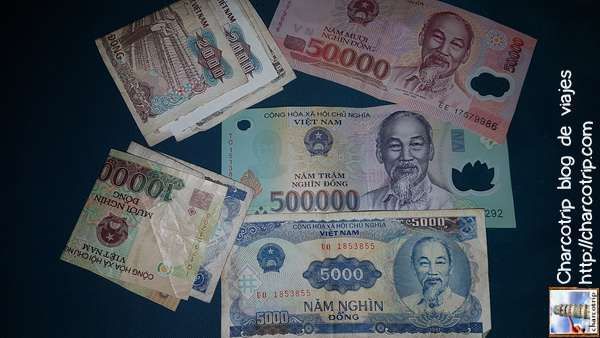
You have to try to quickly make equivalencies to calculate prices, but generally, everything is quite cheap.
All banknotes have the face of the late President Ho Chi Minh.
Transportation
To get to Vietnam: we traveled by plane, arriving at the Hanoi airport (with Vietnam Airlines), in Business class. The return was from Ho Chi Minh City with Air France in Premium Economy class.
Within Vietnam: during our stay, we had various means of transportation.
- Plane: we flew twice, first with the VietJet airline that gave us a delay of FIVE HOURS for a flight of less than two. Our second flight was with JetStar with which, guess what, we also had a delay but this time it was just over an hour. The other colleagues who flew in the country told us that they also suffered delays, so if you are going to fly within Vietnam take your time.
- Taxi: but we didn’t take the classic taxis, we always used the Grab application (similar to Uber) and it worked quite well for us. You have to consider that, like Uber, you can pay directly with the card without having to give money to the taxi driver. This modality works well in big cities, but in Buon Ma Thuot it didn’t work like that and the taxi drivers always asked for cash (they also put it on the application).

SIM card in Vietnam
On this trip to Vietnam, we reserved two SIM cards that offered us several gigabytes of Internet and enough minutes to call. We do not need to use the phone to broadcast, but we did receive several calls and SMS so it was very useful for us. This is a very useful purchase when traveling to Vietnam or any country.
The card cost us 10.60 euros per person, and we booked it here, when booking you says in which hotel you are going to stay and when we got there our cards were already waiting for us at the reception. Very convenient. There is also the option of only Internet for 8 euros. In these times when almost everyone calls using WhatsApp, it is a good option too.
Similarly, we found that many places offered Wi-Fi, restaurants, airports, etc. Although we had quite a few gigabytes on our SIM cards and the internet was pretty fast.
Hotels in Vietnam
During our trip to Vietnam, we stayed in several hotels:
Hanoi: Calypso Premier Hotel
Buon Ma Thuot: Lys Hotel
Ho Chi Minh City: Silverland Charner Hotel
When traveling to Vietnam you can lodge very cheaply, we chose to look for a price range that we would pay in a European country knowing that the quality of the place will be much higher, on the luxurious side. In other words, we didn’t save on lodging, but rather we used the usual budget to have something that we couldn’t have in an “expensive” country;) that is, it depends on your preferences and possibilities.

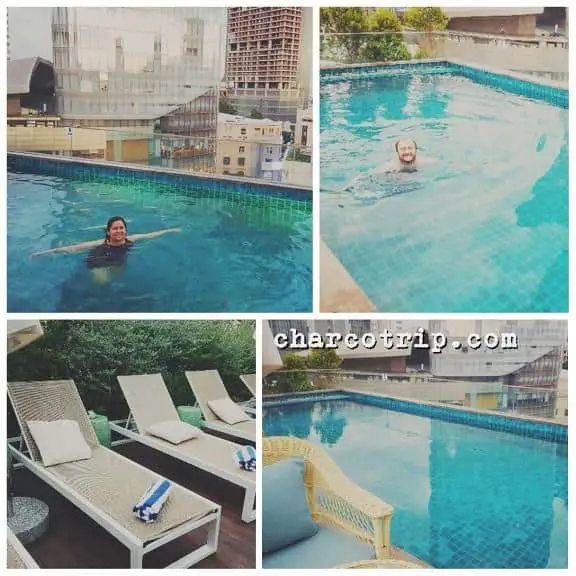
What suitcase to bring?
We were going in summer, so we left the jeans at home. It is advisable to wear loose and breathable clothing. But at the same time, covering to avoid mosquitoes as much as possible once the sun goes down. With light clothes and knowing that we would wash during the trip, with two cabin format suitcases (one for each one) it was enough. (although later we took another cabin bag back because the things we brought back didn’t fit)
Itinerary in Vietnam
We were in the country a total of: 14 days. Considering that our time in the country was subject to the wedding program we would attend (i.e. fewer days to explore). This was the itinerary that we had and that suited us for a first contact with the country. We concentrated on the two big cities of the north and south, knowing that we were leaving aside many places, but that time was not enough.

1 – Hanoi: Crossing the non-puddle and arrival in Hanoi. Visiting the temple Ngoc Son Temple, food tour
2 – Hanoi: Tran Quoc Pagoda, Quan Thanh Temple, Temple of Literature, Obama’s Restaurant and Railway Tracks, Hoan Kiem Lake Night Tour
3 – Ha Long Bay: Ha Long Bay and Lan Ha Bay Cruise
4 – Ha Long Bay: end of the cruise and return to Hanoi
5 – Hanoi: Ho Chi Minh Mausoleum, Presidential Palace, One Pillar Pagoda, Vietnam Revolution Museum.
6 – Flight to BMT: the adventure of the delay of 5 hours
7 – Buon Ma Thuot: wedding of the bride
8 – Buon Ma Thuot: Groom’s wedding, Buon Don Park
9 – Buon Ma Thuot: morning visit by Buon Ma Thuot. Go to Ho Chi Minh City.
10 – Ho Chi Minh City: temples in Cho Lon.
11 – Mekong Delta: Mekong Delta Tour
12 – Mekong Delta: floating markets, Vĩnh Tràng temple
13 – Ho Chi Minh City: Reunification Palace, Notre Dame Cathedral, Post Office, Vietnam War Remnants Museum, Xa Loi Pagoda
13 – Ho Chi Minh City: Dien Ngoc Hoang Temple, Hindu Temples in District 1, Skydeck at Bixteco Tower
14 – Ho Chi Minh City: end of the journey
Curious things about Vietnam
Sidewalks
Sidewalks can sometimes be difficult to walk on, as they are full of parked scooters and people preparing food and/or eating. They simply take out their plastic chairs, a very popular model in Vietnam, and eat. Pedestrians often have to walk down the street between cars.

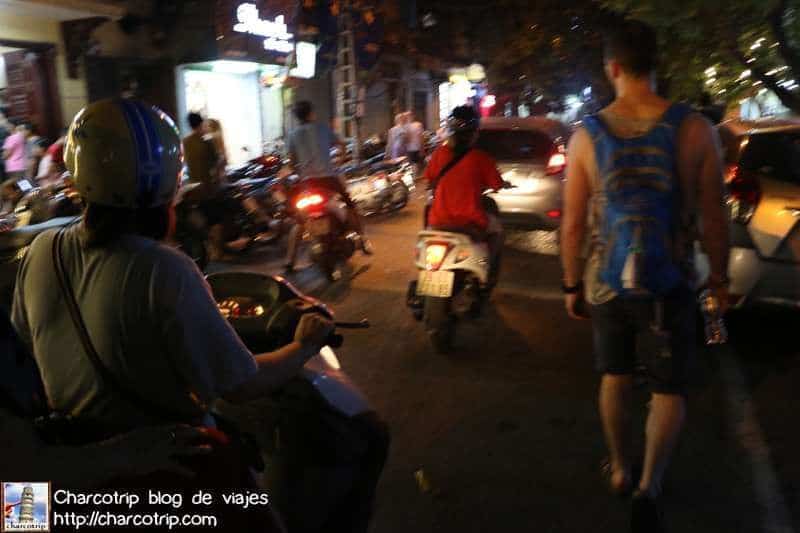
Crossing the street
Crossing the street can be a challenge, but go safely and face the scooters. They will always try to avoid us, and in the end you get the hang of it pretty quickly.
Scooters
Precisely speaking of scooters, we must bear in mind that they are everywhere. They can also carry up to 5 passengers and bring all kinds of merchandise. Furthermore, they are the kings of Vietnam.

Haggling
In the north you don’t haggle as much, in the south you do. To keep in mind.
Traditional dress
Thanks to the wedding we were going to, we were able to wear the traditional Vietnamese dresses, called “ao dai”. These are also used as a high school uniform by girls.
Note: our ao dai was red, and red is like white at our weddings. We were afraid of making a mistake, but at the same time not because it was the bride herself who suggested I choose that color (after Vincent chose the red model), I asked her and told her about the tradition of “not white” at our weddings.
But she told me not to worry. And said and done, at the wedding I saw other people with red dresses, so there was no problem, the moral of the story is: it doesn’t matter if you don’t know the rule, if the bride is the one who tells you that you can do it, it means that there is no problem (that is, the girlfriend is in charge)

Some of the links in this article include affiliate links. This means that if you buy a product listed here by following these links, we'll receive a commission. The use of this link does not increase the final price for you and thus helps us to keep our blog alive.

